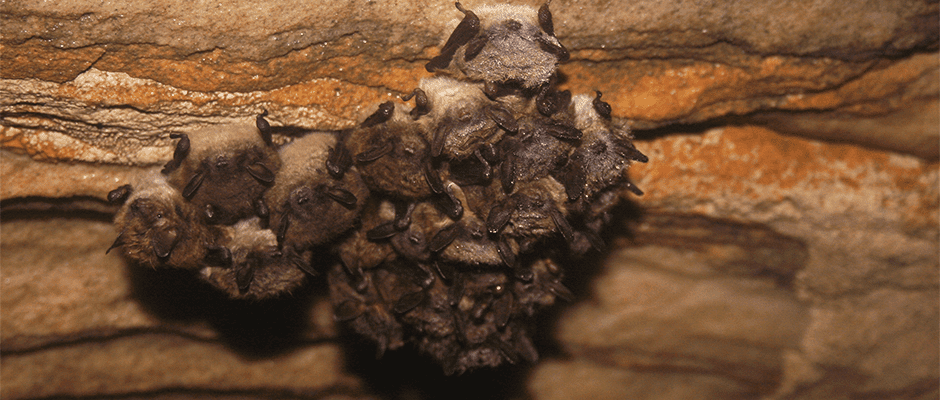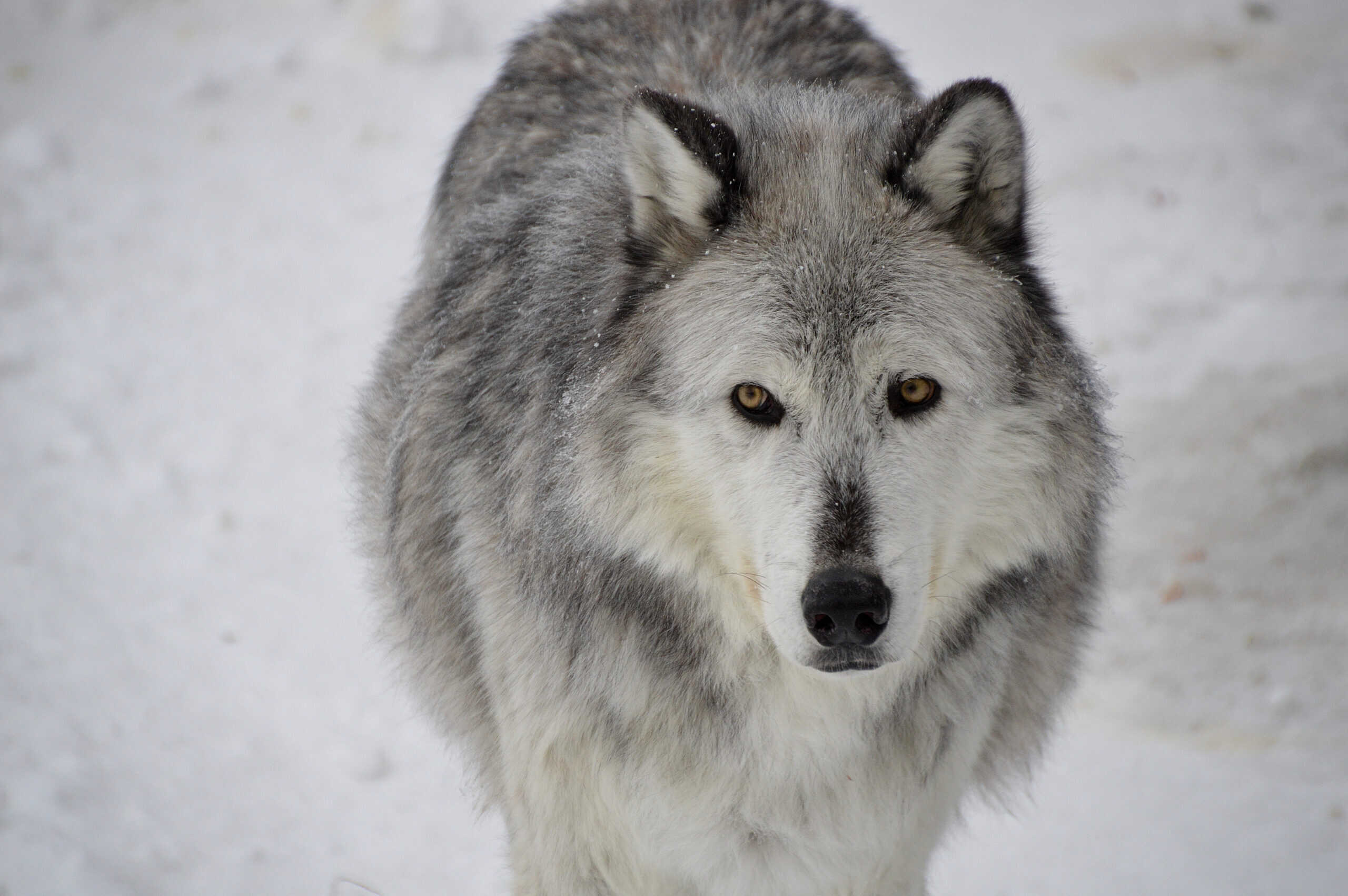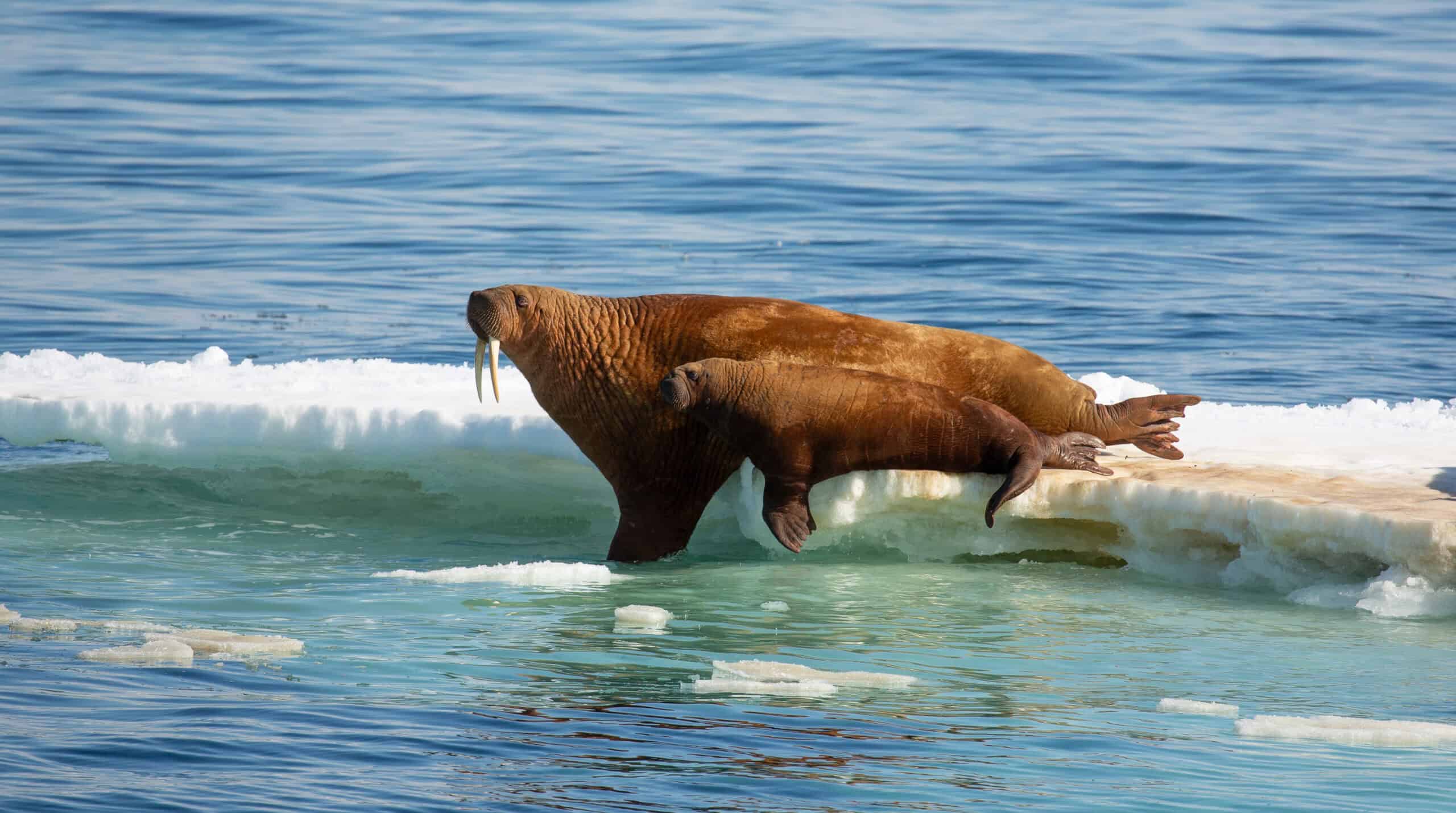Share this article
Mystery of WNS spread solved using DNA sequencing
In March 2016, a little brown bat found sick near North Bend, Washington, tested positive for white-nose syndrome (WNS), an invasive disease caused by the fungus Pseudogymnoascus destructans, or Pd. North Bend is located about 1,300 miles from Nebraska, the previous westernmost WNS detection. Because Pd is also present in Eurasia and North Bend is located near an international port, Northern Research Station (NRS) researchers studied DNA from the Washington fungus to determine if it had roots abroad.
Working in concert with the National Forest System, the U.S. Fish and Wildlife Service, and the U.S. Geological Survey’s National Wildlife Health Center, NRS scientists isolated and performed next-generation DNA-sequencing of the entire genome of the fungus found in Washington and compared it to other strains found in eastern North America and Europe. The results conclusively established that the strain found on the Washington bat matches the strains of fungus from the eastern United States and does not represent a new introduction. The techniques pioneered by NRS scientists for identifying isolates of Pd will help to determine if and when new strains of the fungus enter the United States, a situation that could make this devastating disease even more difficult to control.
Contacts: Daniel Lindner, Research Plant Pathologist and Jonathan Palmer, Research Botanist
Resources: News Release: Award Honors Research Partnership Seeking to Help Bats Survive Deadly Disease
Research Partners: Michelle Jusino, Forest Products Laboratory; Dan Eklund, Chequamegon-Nicolet National Forest; Tim Catton, Superior National Forest; Kari Kirshbaum, Chippewa National Forest
External Partners: Jacquelyn Frair and Ben Prom, State University of New York (SUNY) College of Environmental Science and Forestry; J. Paul White and Jennifer Redell, Wisconsin Department of Natural Resources; Bill Scullon, Michigan Department of Natural Resources; Mike Scafini, Pennsylvania Game Commission; Alyssa Bennett, Vermont Fish and Wildlife Department; Carl Herzog, New York State Department of Environmental Conservation; Wings Across the Americas
This article originally appeared on the U.S. Forest Service’s website. The article is excerpted from the US Forest Service Northern Research Station’s 2016 Research Highlights online presentation. To view all 25 research highlights, visit https://www.fs.fed.us/nrs/highlights/.
Header Image: Scientists used cutting edge technology to determine whether the strain of white-nose syndrome found infecting a bat in Washington State was the same as the strain found 1,300 miles east. ©USFWS








